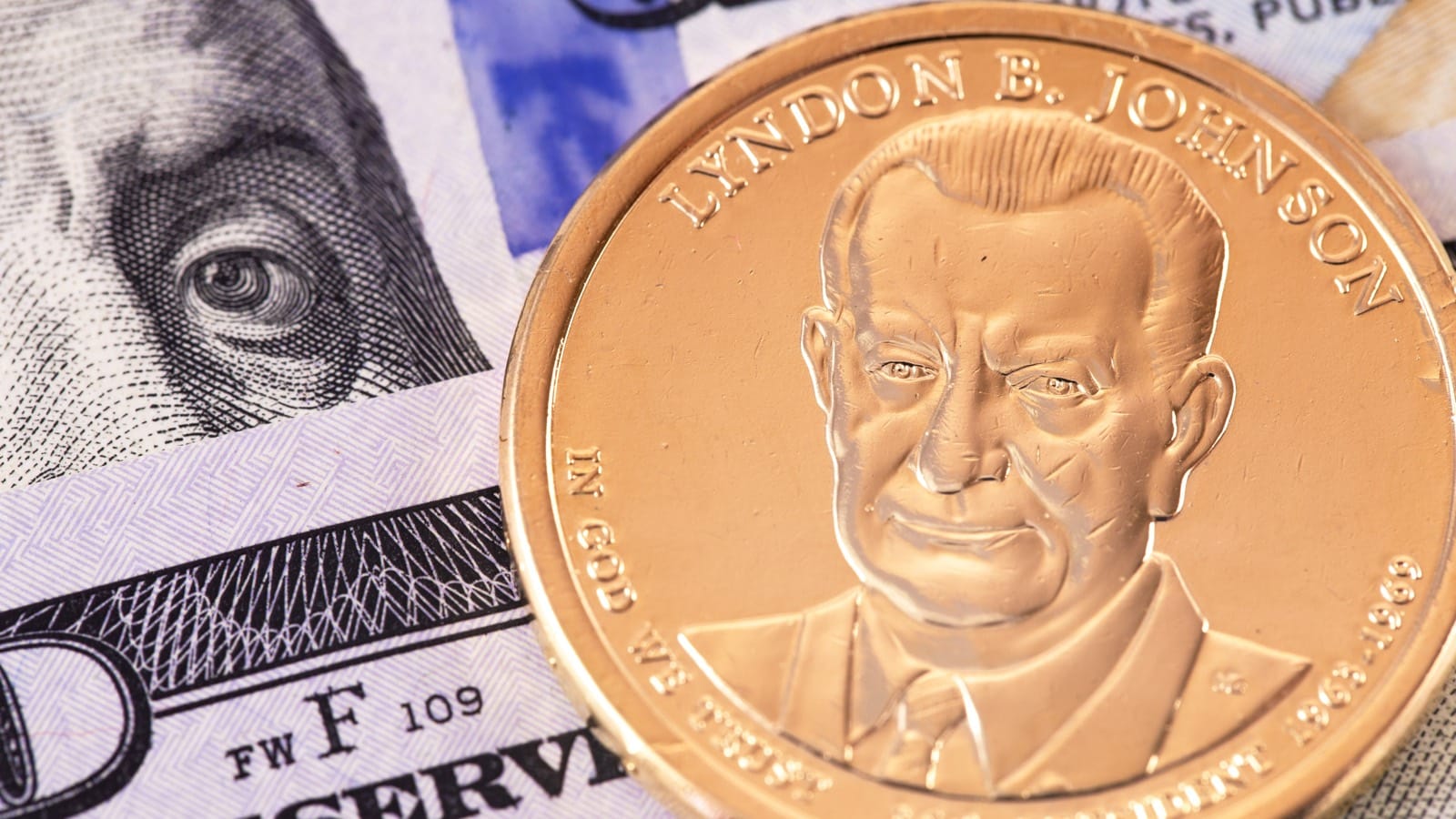Americans began receiving Medicare benefits after 1965, when President Lyndon Johnson signed the legislation into law. But the cause actually started with Teddy Roosevelt, who ran for president in 1912 on a platform that included national health insurance. The following is a brief sketch of Medicare events after President Roosevelt.
November 19, 1945: President Harry Truman asked Congress to create a national health insurance fund, available to all Americans, to cover the cost of doctor’s visits, hospital stays, lab services, nursing services, and dental care. Truman was unsuccessful in getting the bill passed during his term.
Spring of 1962: President John F. Kennedy launched an effort to provide healthcare to seniors, after a national study revealed that 56% of Americans over the age of 65 did not have health insurance. His effort culminated in a nationally televised address from Madison Square Garden on three networks. The legislation failed.
July 30, 1965: President Lyndon B. Johnson signed Medicare into law. He traveled to the Harry S. Truman Library and Museum in Independence, MO, to sign in the presence of 81-year-old President Truman and his wife Bess. President and Bess Truman were the first two Medicare beneficiaries. The actual title of the law Johnson signed into effect is the Social Security Amendments of 1965. Medicare is covered in Title XVIII of the Social Security Act.
1966: Medicare coverage took effect and 19 million Americans enrolled during the first year.
1972: The first major change to Medicare was signed into law by President Richard M. Nixon, expanding coverage to include individuals under the age of 65 with long-term disabilities or end-stage renal disease (ESRD). People with ESRD can get Medicare coverage as early as three months after they begin regular dialysis in a hospital or immediately if they do in-home dialysis.
1980: Congress passed the Omnibus Reconciliation Act of 1980, expanding home healthcare services and bringing Medigap under federal oversight.
1982: Hospice for the terminally ill was added to Medicare benefits.
1988: The Medicare Catastrophic Coverage Act was passed by Congress, adding limited prescription drug benefits and a limit to out-of-pocket expenses for Medicare Part A and Part B. Most of this act was repealed less than a year later due to opposition based on higher premiums. The new law required states to use Medicaid funds to cover premiums and cost sharing for impoverished Qualified Medicare Beneficiaries.
1990s: More coverage options on the private market were made available through Medicare Part C – Medicare Advantage.
2003: President George Bush signed the Medicare Prescription Drug Improvement and Modernization Act into law, adding Part D – optional prescription drug benefits.
2010: President Obama’s Affordable Care Act includes a long list of reforms intended to streamline delivery, increase services, contain costs, and increase revenue.
2017: Medicare spending reached $705.9 billion, accounting for approximately 20% of national health spending and 15% of total federal spending.
2019: 60.6 million Americans were enrolled in Medicare as of February.
2028: It is projected that Medicare will account for 18% of total federal spending.
If you have a question about Medicare as it stands today, our experienced agent can help.





